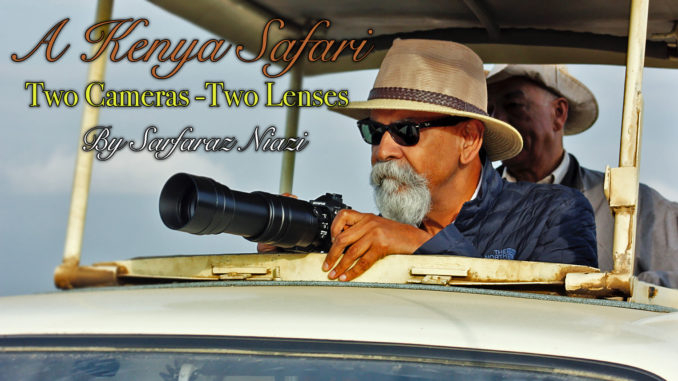
A Kenya Safari—Many Myths Resolved
By Sarfaraz Niazi
Paraphrasing my friend, Steve Huff, “it is not the gear, s…., it is the moment” that creates a memorable photograph; but as grown ups (an assumption), we all suffer from the GAS, to some degree. I found myself in the dilemma that many of us face when heading to a lifetime opportunity to take pictures. A Google search for “photo gear safari,” will give you only 67 million hits to sort out. I read dozens of blogs from the well-known “gurus,” including those who were minimalist to those who were metal mongers. I read about why we should carry a fifty-pound lens and many of them and also, some suggesting that an iPhone would do. What made the selection more difficult but, in the hindsight, the easiest, was the limit on what we can carry; one medium size duffle bag and one shoulder bag, for a two-week drive through Kenya wilderness, about 2,500 miles. From a collection of Leica, Hasselblad, Sony, Nikon, Panasonic and Olympus with around 50 lenses neatly packed in a dozen of Tamron roll-ons, the choice was difficult because of the “what if” fear every time I thought I had made the decision. The final choice turned out to be just two camera bodies and two lenses. Period. A Sony A7R with 24-240 mm and Olympus OM E-1 with 100-400 mm (200-800 mm 35 mm equivalent). Both cameras were the first editions, and a little storage pouch for Cabeau neck pillow to serve as the bean bag to hold the lens; no tripods or monopods—you will not be able to use them.
If you have never been to a safari, be ready for many surprises—good and evil; there are no roads really, you bounce up and down; the summer months are cold in Kenya; there is no heating or air conditioning in the lodges—you will use hot water bottles instead; the tents are not animal-proof; yellow fever and malaria are a real possibility; you cannot eat anything that is not fully cooked. On the right side, you do not need much sun protection, you will not be walking in the open wilderness that is left to animals; you will come very close to a wild beast (include wildebeest) and get to see how they live their daily life—it is like catching me at the Starbucks at 7 am with a NY Times and a cup of blonde roast coffee in hand. You will see beautiful sunrises and sunsets as you will be heading to drives at different times. The photo shooting opportunities are unlimited—only restricted by your imagination.
Our trip began in Nairobi when six of us were closeted in a Nissan van that could barely hold our six duffle bags. The driver was a young man, Muhammad, who spoke fluent English and knew his clients, the tourists, very well; we befriended with him and here is my lifetime advice to all—tip it before the trip begins and be generous; you have spent thousands and there is only person who can it all worth it. Kenya is a poor country and these guides earn their income mostly from the tips; I gave him $200 as met first first and then $100 every four days. He went totally outside of his abilities to please all of us—including stopping in the wilderness for a woman in our group to perform an evacuation ceremony while he looked out after the rhinos.
Our trip involved a few hundred miles of drive on paved roads, and the rest was dirt roads or no roads at all; do not expect lions to build highways. Regardless of how smart you think you are, do not set out on your own—you may get to know animal too well. Here is our itinerary that avoided any internal flights—a smart decision. You will find many choices where you will be hopping planes—rest assured these are no A380s with sleeper seats to take you around and I am not sure if every plane that takes off will also land. It turned out better to sweat out in a jumpy vehicle; a naproxen patch applied on your tail bone makes you feel full of joy.
I will not go into the details of each stop we made but let me assure you that even if we had gone to another 20 sites in Tanzania, South Africa or any other neighboring country, as some of the fellow travelers did, you are not going to see a lion that looks different—trust me, we saw them all.
I am sure you have seen the safari photographers standing and holding their cameras on the roof, but there was a great spectacle there as well. Many tourists came from China and Japan, and they came fully dressed in 30-pound white Canon lenses; changing them every two minutes. And then there was yours truly, with just one camera, either a Sony or Olympus, with only one lens each and those, were the lightest machinery; both cameras with lenses and straps come out to only 6.5 pounds. It made me look so small and men know that size matters. I am sure they all got great pictures, but none of them had the convenience and smoothness with which I took about 8000 photos, all in RAW mode. I had a 256 GB SD card in each camera, so there was never a shortage of storage. Every evening, I will hook the cameras to my Apple MacBook Pro and download in Apple Photos and backed up in a My Passport drive (you will not be able to sync your pictures with cloud—the internet speed sucks).
And now a few lessons. Regardless how cheap a lens you have, stop it down by 3 stops and you have a sharper lens; my lenses were f 4-6 (Olympus) and f 3.5-6.4 (Sony); neither of these two lenses has ever been rated high by the “gurus;” I set both at f8 and forgot about it except in a few circumstances when when I dialed down to f11 specially when shooting at 400 mm, effective 800 mm with minimal depth of field because you are focusing it at a distance. Keep in mind, you are shooting outdoors, so the light was not an issue. The speed will be 1/focal length x 1.5; so, for 400 mm Olympus, I will keep it at a minimum of 1/600 and at times 1/1000. I lost many pictures when I played with speed. The reason is that you are standing with your camera sitting on the roof, five other humans are trying to stick their neck out (like giraffes) and often the van is moving, albeit slowly. I let the auto ISO take care of the rest of exposure matters. After a couple of days, I got the hang of selecting the right camera—Sony with 24-240 or Olympus with 100-400 (200-800). A few times, I found handing too long a lens, but that was not often. Both lenses are slow, both lenses are incredibly light, and both are very easy to focus, which should only be done in a manual mode. Imagine you are shooting a lion hundreds of yards away from you sitting in the grass with face covered with leaves; given a few inches of depth of field, the need for manual focus is obvious but I shot some with autofocus too, and they turned out artistic because they kept the main subject out of focus.
There are also a few risks of being funny with your wife, as when I told her that I saw a zebra crossing in the middle of the jungle.
You definitely need a bean bag, but do not rush to Amazon for a $50 pack that you need to fill with 5 pounds of beans; I took a small pouch that came with my beck pillow (Cabeau) and wrapped it around the lens instead of letting the lens sit on it—worked perfectly. Foam balls do better than beans. A word or two about patience; know that animals are not getting paid to put up a show for you, regardless of how much you have paid for the trip. You guide, if you tipped him right and made friends with him, will make sure you get to see them all and you will—just stay patient. When you look at the first zebras, you will get excited and shoot five hundred pictures immediately; wait, there are many more to come. The only animal that I would advise you to be crazy after is the leopards; they stay in the trees and are neatly camouflaged. We saw only one, while we saw dozens of tigers, hundreds and thousands of zebra, hundreds of giraffes and millions of wildebeest migrating from Tanzania to Kenya from a hot air balloon. The hot air balloon ride is a bit expensive about $500 per person, but it was absolutely worth the money; being able to see migration of wildebeest from Tanzania into Kenya was remarkable and made me realize the true meaning of the “following the herd.”
A few codes of ethics are to be followed by not introducing yourself to elephants and rhinos. They do not care about you; and yes, no screaming or crying (as my wife did) when a pack of cheetahs grabbed the youngest and cutest baby gazelle that could not outrun them just fifty feet away from us. Take a deep breath and believe in the food chain. That was a bad night for her.
While it was exciting to click 8000 times, now you are stuck with a massive task, and at my age, I really do not have another lifetime. I do it the fun or amateur way—only using Apple Photo app to crop, fix and enhance, if needed. Many of you will find yourself believing in more sophisticated processing software, but decades ago, when I began taking pictures at age 5 with a Kodak Brownie, my father taught me a lesson—every picture is carved out in perpetuity as soon as you push the shutter. The best shots do not need much fixing. I created a subfolder to drag out the pictures that looked reasonable and then another subfolder to reduce the number to 1000; then I did the cropping and adjusting the exposure, mostly through automatic adjustment and a few times brightened the image; Vivid and Dramatic settings are stunning and useful. Nothing drastic.
So, in the hindsight, the choice of just two light cameras and two zoom lenses turned out to be the best choice; here are a few samples of these pictures and while I am not the best judge, I think they all came out good enough for an amateur aficionado and a lifetime of memories.
And now a revelation that you were not anticipating; my wife took many pictures with her iPhone 6; and I must admit they turned out amazing because of their timeliness, for example, here is me and my longtime friend Khalid. And a few selfies.
Sarfaraz K. Niazi, niazi@niazi.com; www.niazi.com
Greater Chicagoland, Illinois
To end it, “it is not the gear…..” “it is the simplicity.”

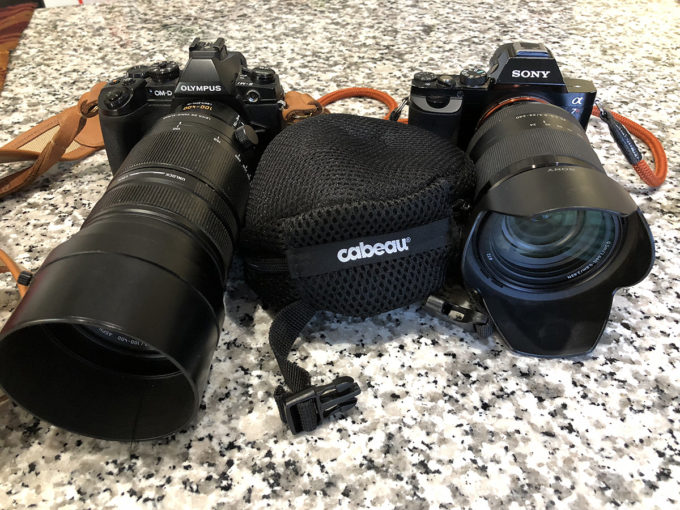
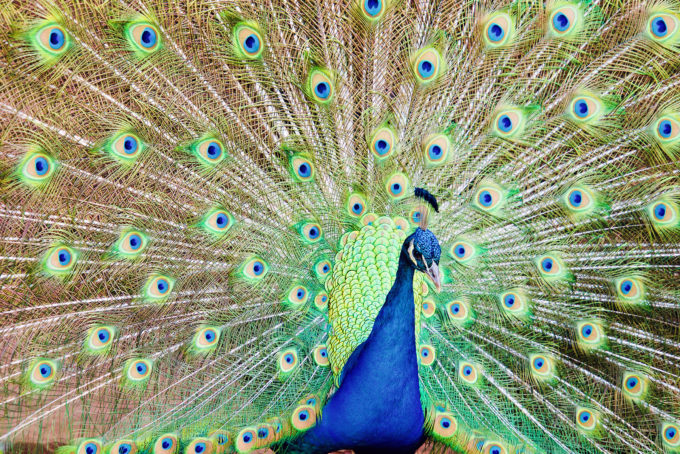
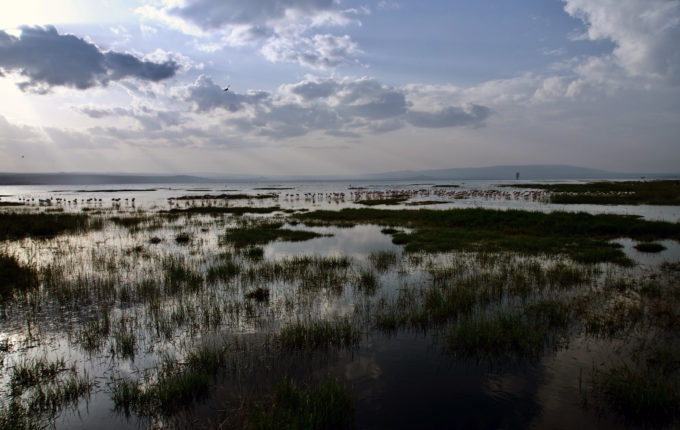
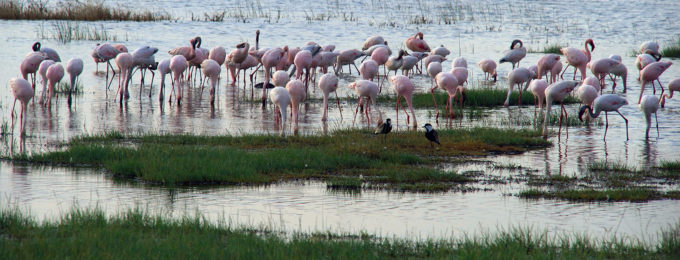
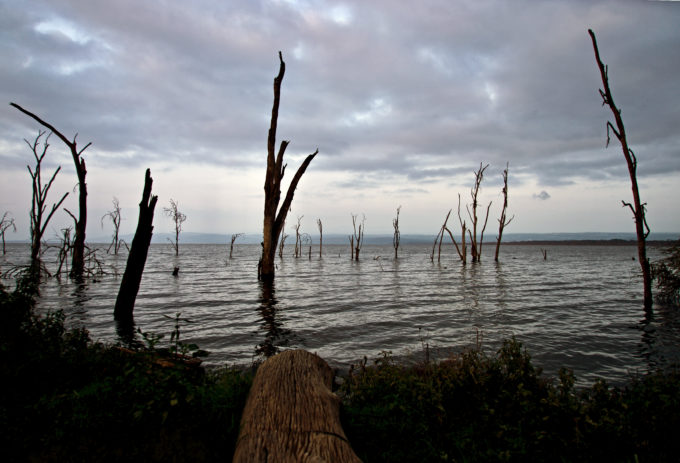
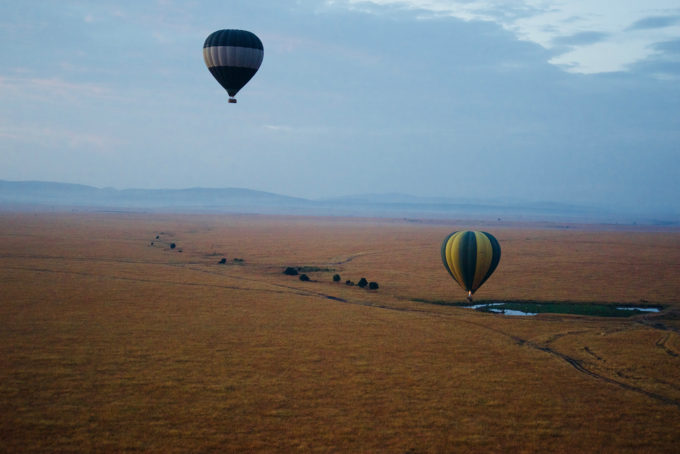
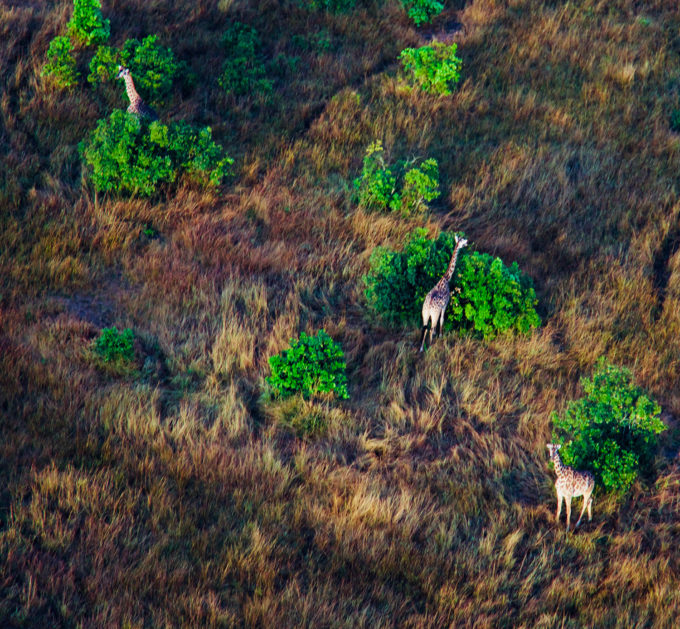
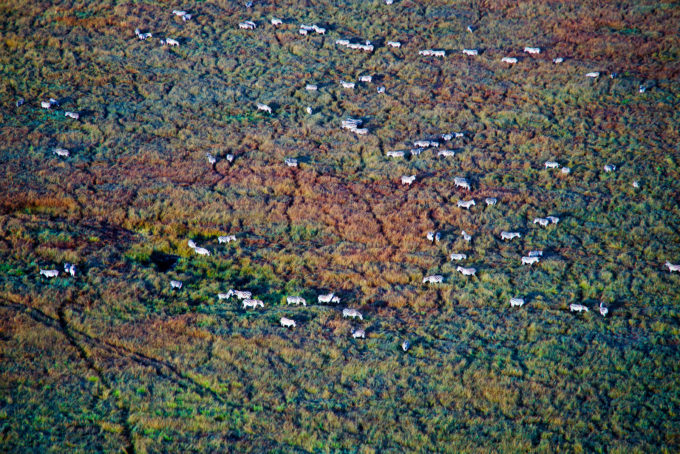
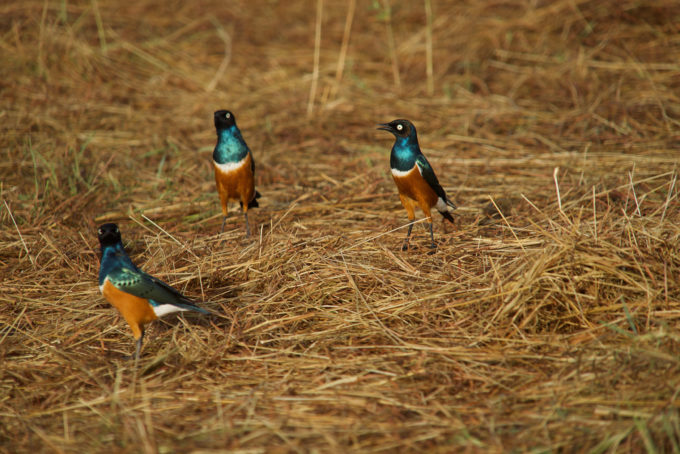
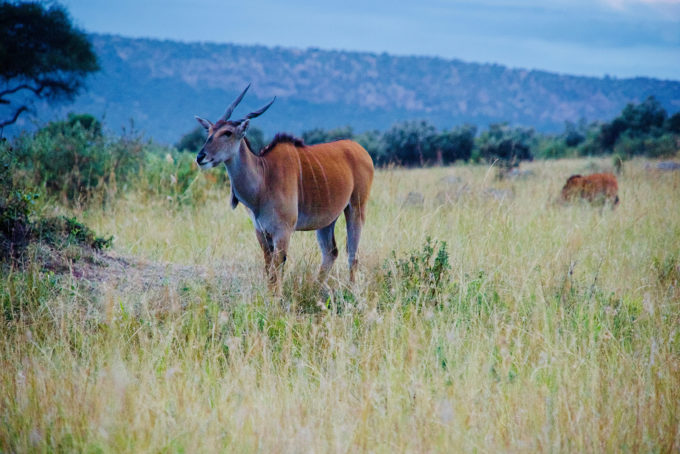
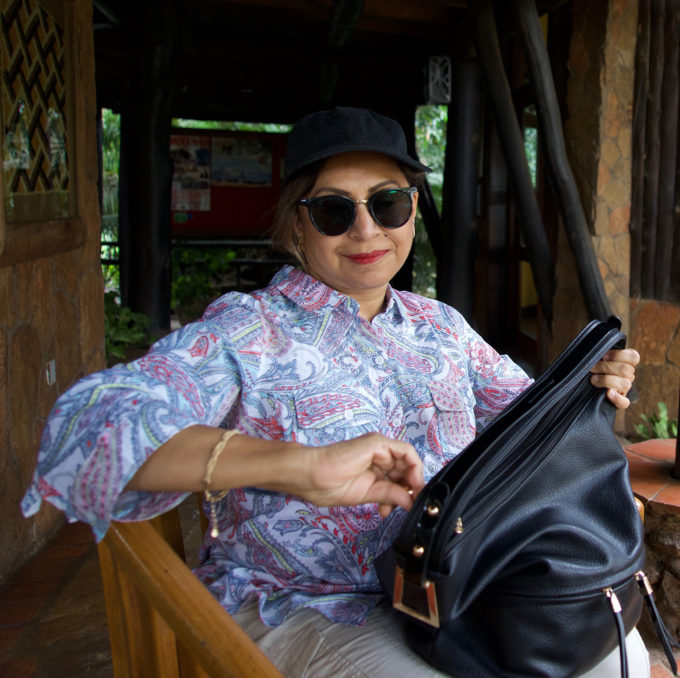
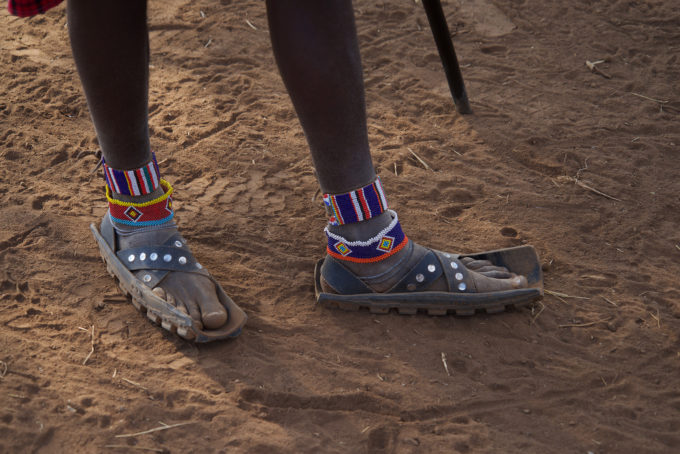
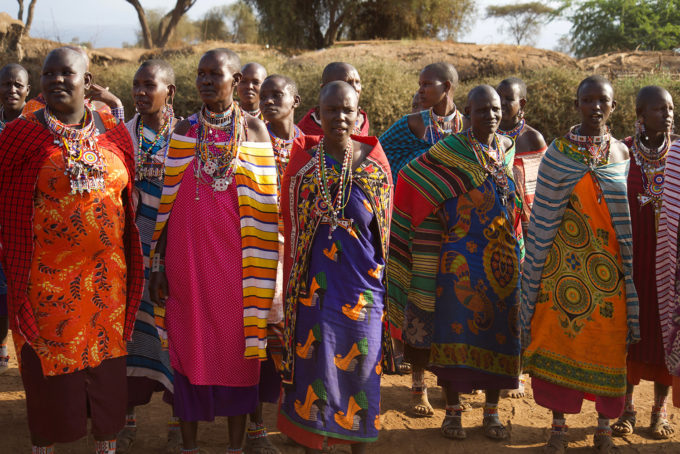
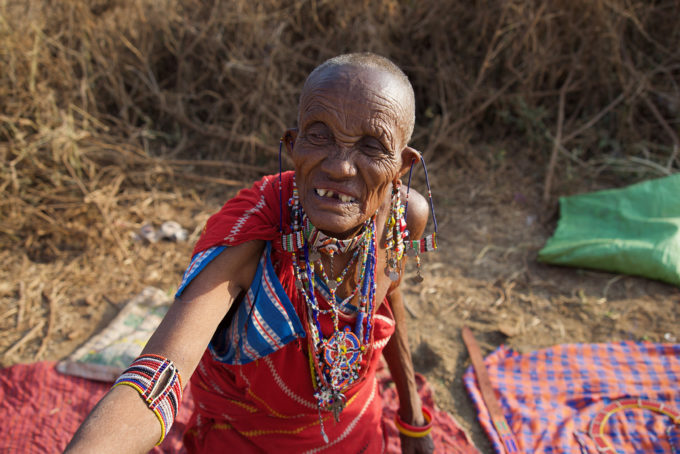
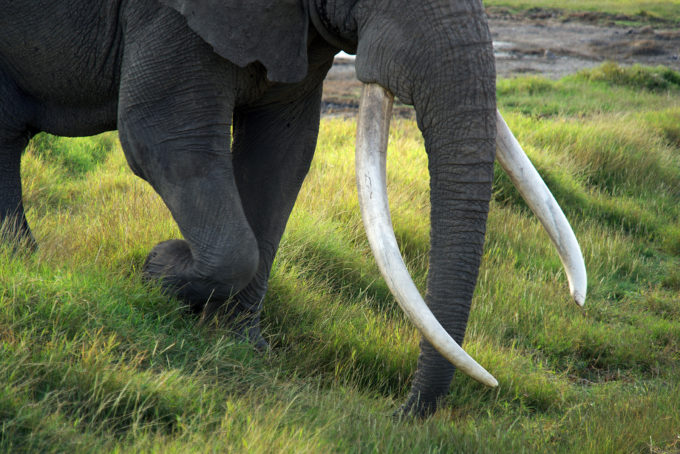
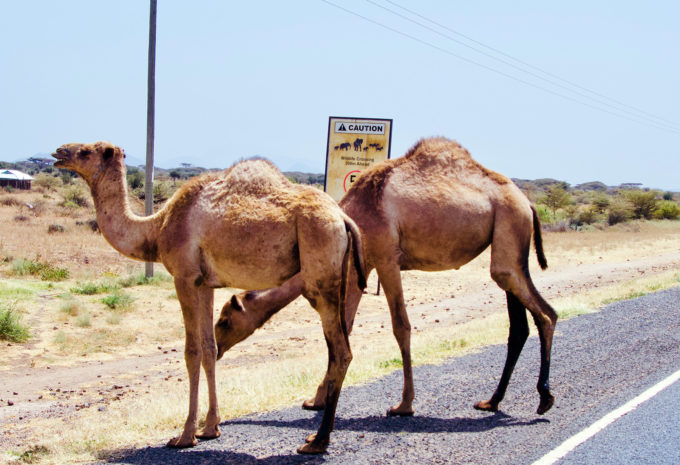
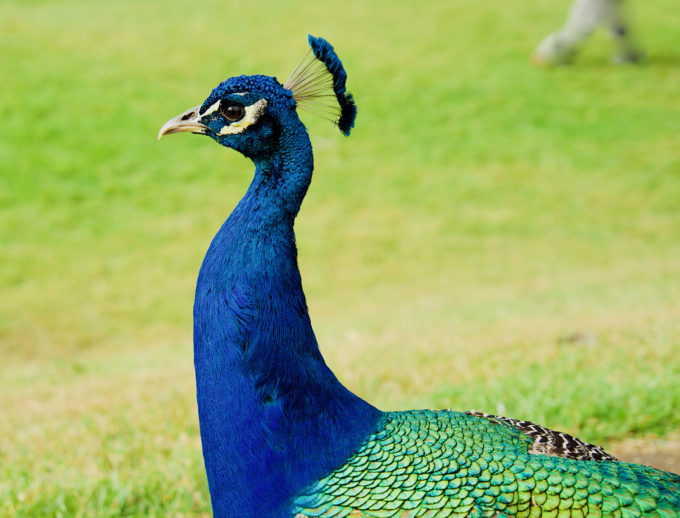
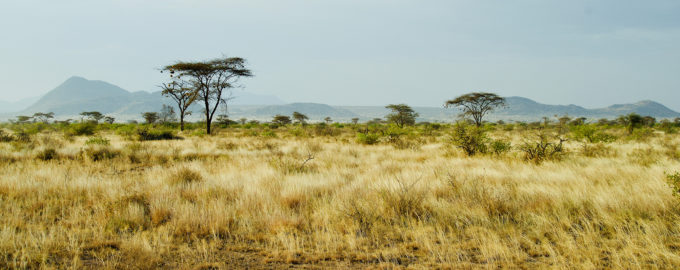
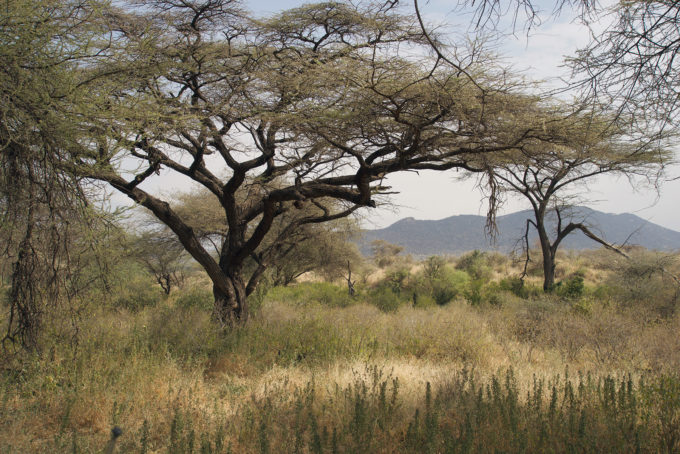
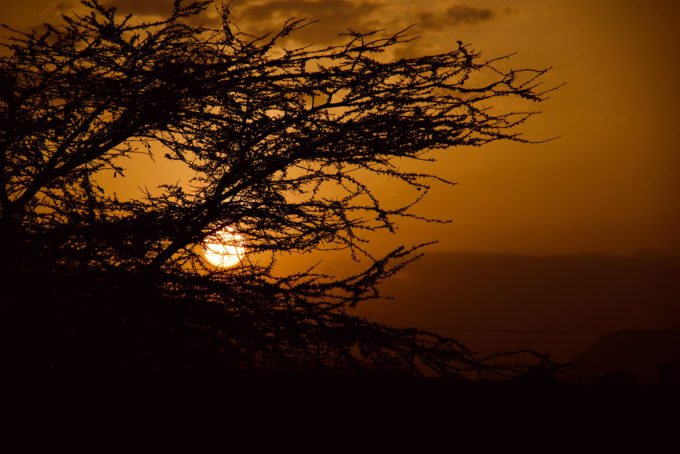
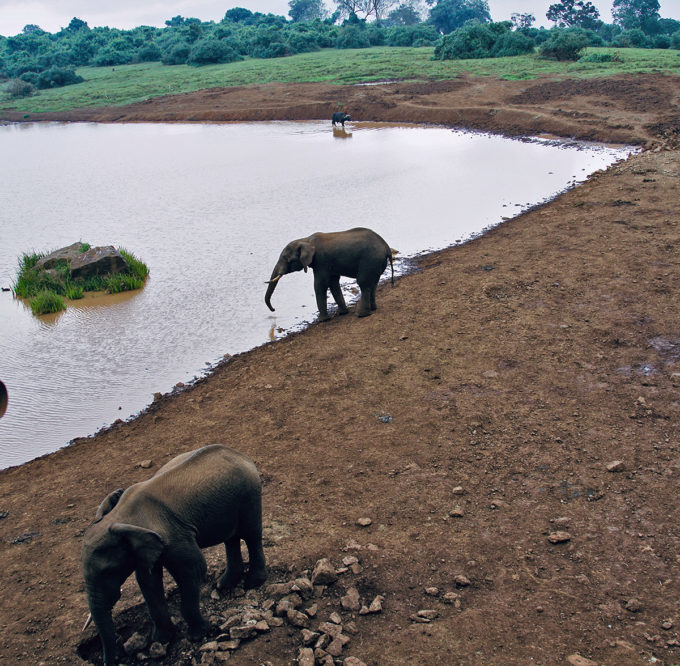
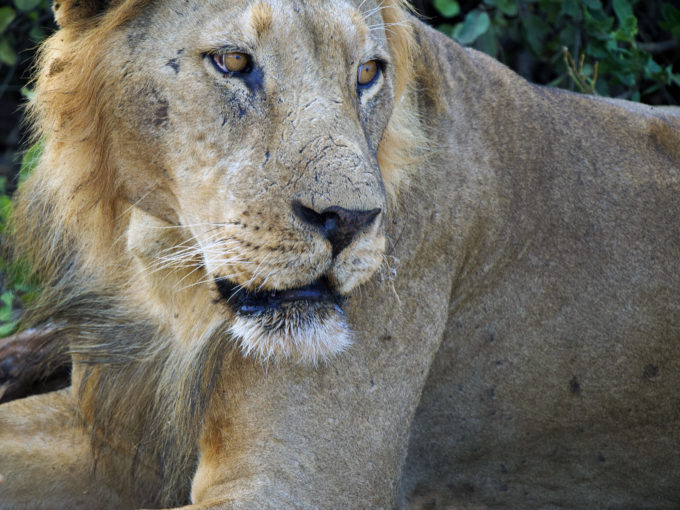
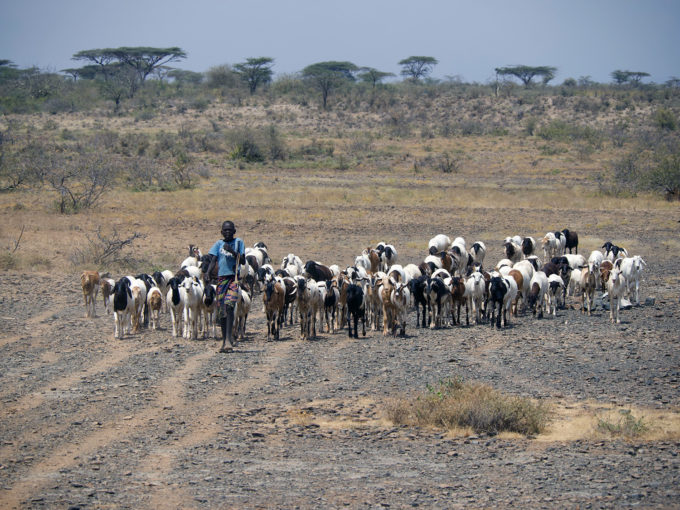
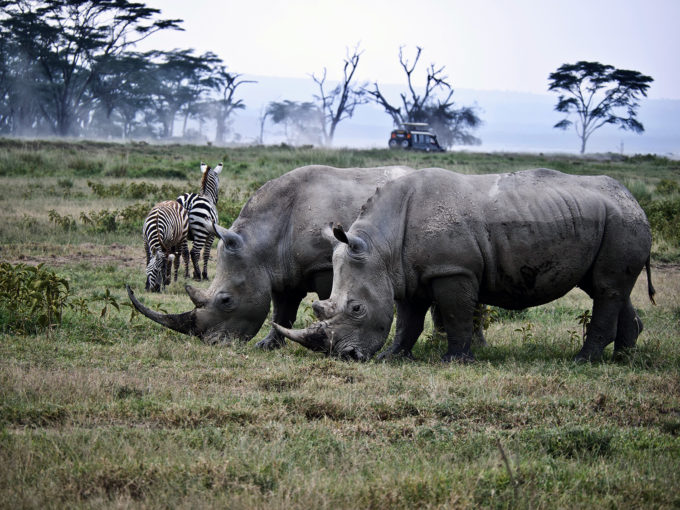
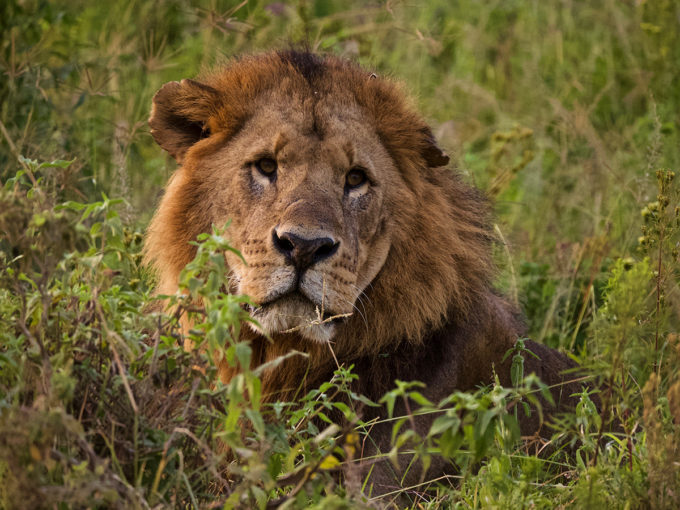
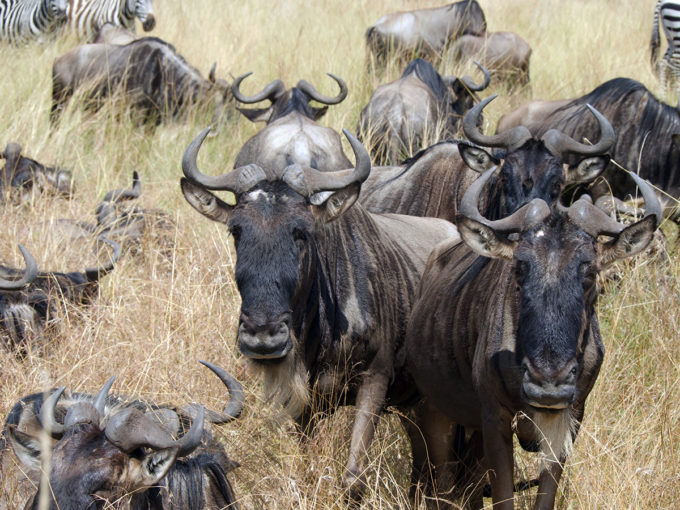
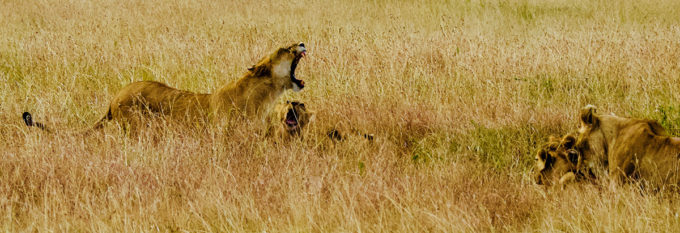
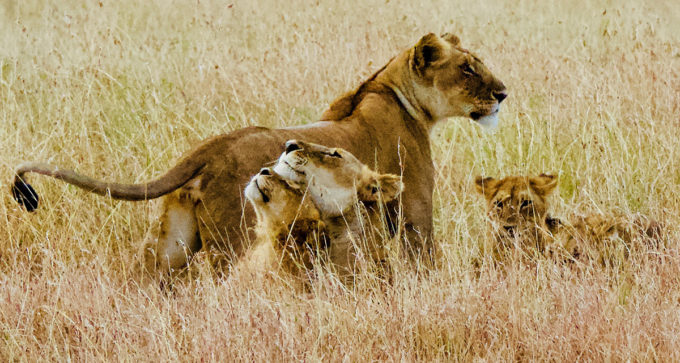
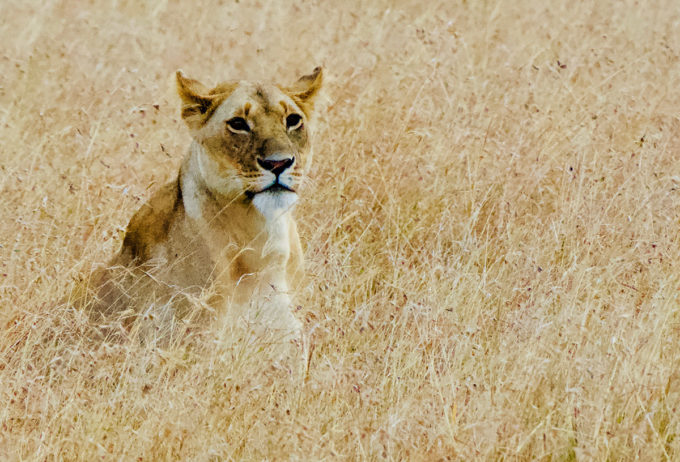
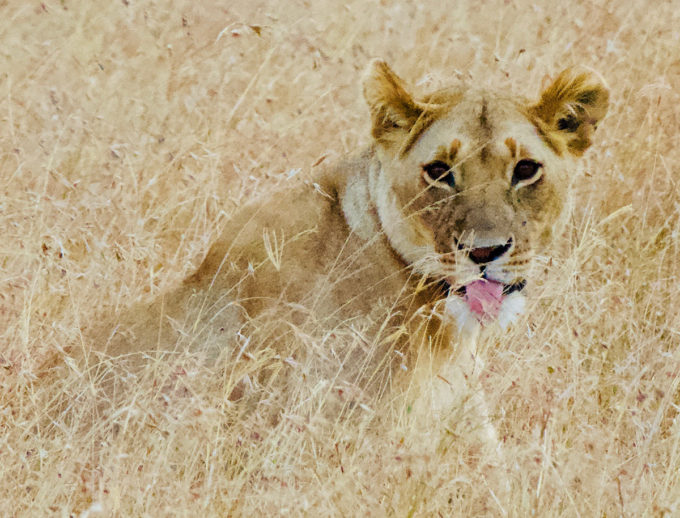
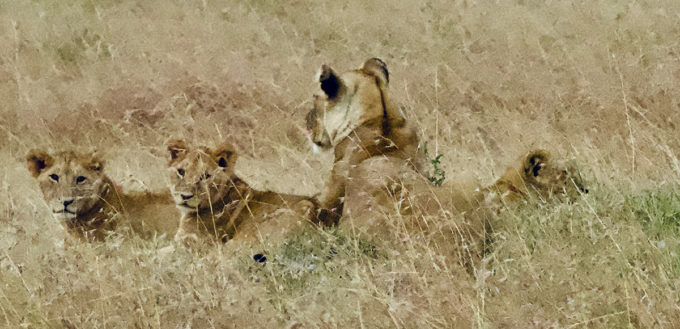
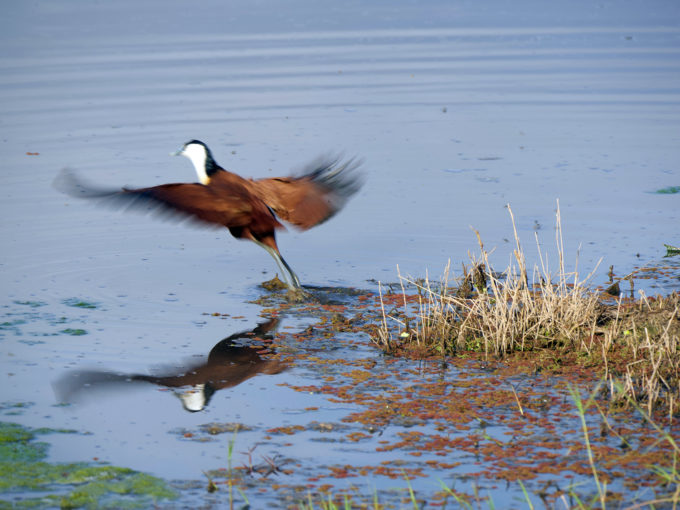
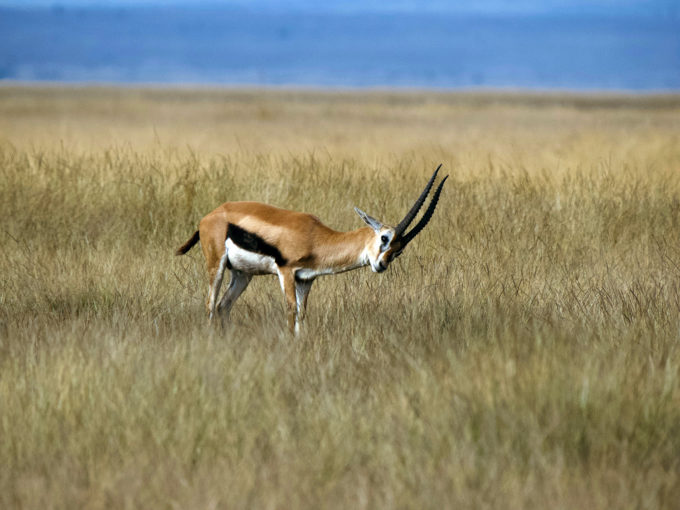
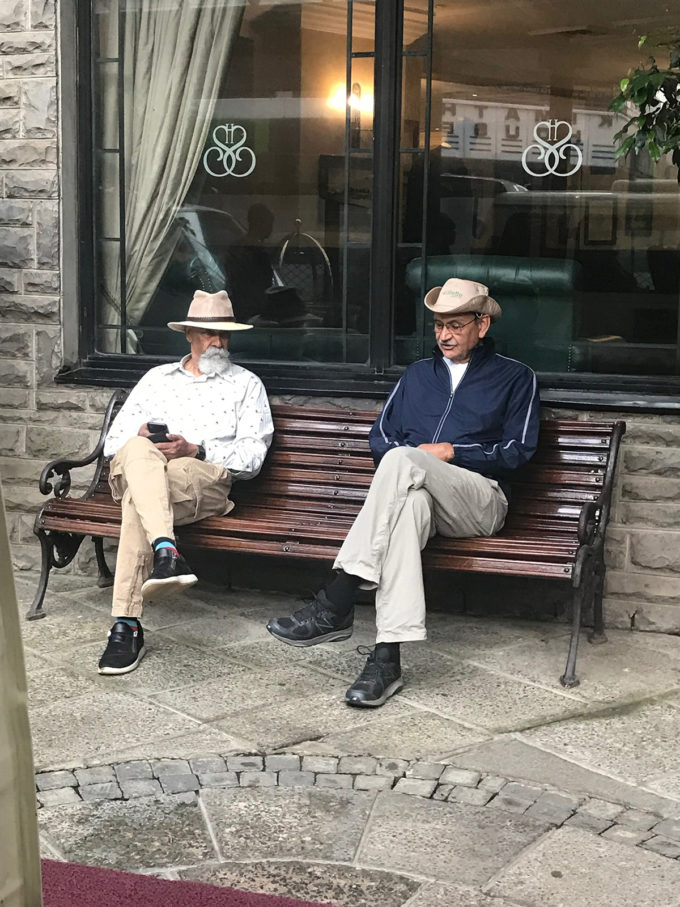
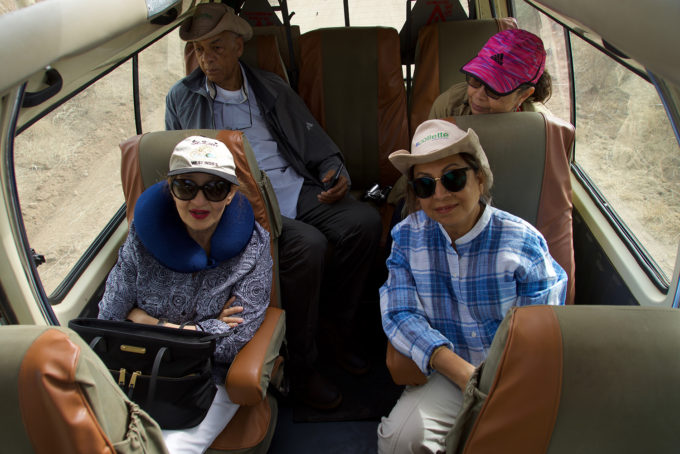


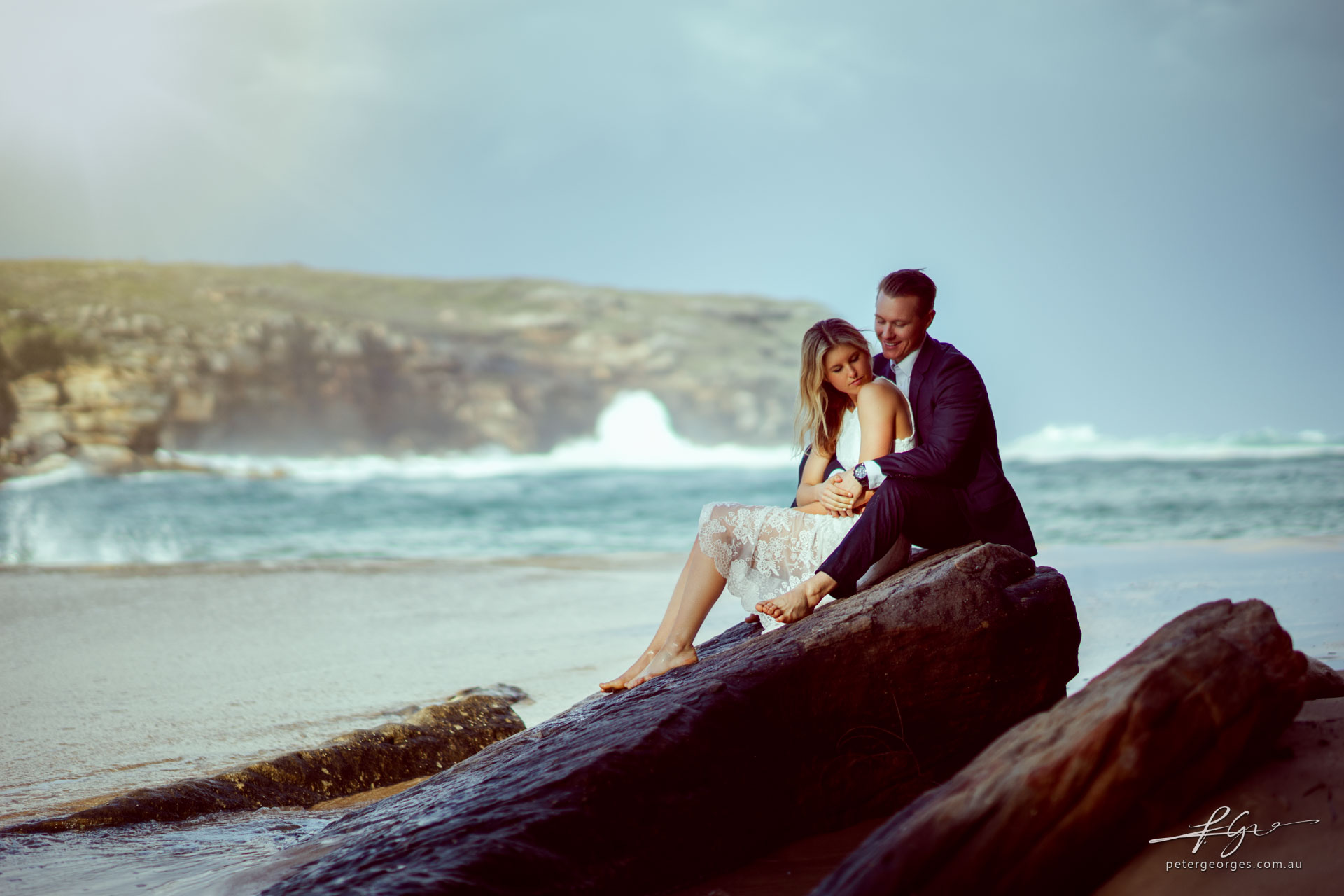
Dear Sarf, just caught up to this. Amazing stuff and hope you are well. As I recall on safari in 2011 I had a 5D MkII and a lowly Panasonic superzoom. The latter got me to white rhinos that no one else could photograph 😉
Best,
Chuck
Niazi Saheb, Kya khoob safarnama likha hai. Thanks for sharing and your sense of humor is lovely. Best wishes.
Real thing Niazi
Was this enriching experience worthwhile existing in this Earth.
Was this enriching experience transformative henceforth more in tune person.
Dear Once Upon a Time; I like your name.
We do not have any control what exists and what does not; evolution is timely and time evolves itself. I just wanted to make sure I saw all that out there to be seen before I depart.
I fully understand the 100-400. Do you think an Oly 12-100 on 2nd EM1 would be a good option instead of the Sony?
Dear Wayne, that will be a perfect choice; you cover the entire range; there is something about EM1 that is very cool–great pictures. The reason why I took two bodies was to avoid changing lenses–you do not get the luxury to do so if you do not want to miss out a rare shot.
Thanks for sharing your thoughts.
Interesting article and wonderful pictures. I was thinking of doing a safari but the cost is prohibitive. Where is all the money going? The cost of living is fairly low in Africa and many times the tents used for most nights are not that expensive. Is 75% of the cost going to tour operators? Or do the tour operators have to pay the various African countries very high ( gouging ) fees because they feel that if you can afford to go there you can afford to pay through the nose!
Also, paying the guides up front dilutes their incentive for a great tip at the end of the trip. Like in France, 15% tip included with the meal=some very rude waiters. Just some thoughts. Instead of a safari I’ll be going to Patagonia and Terra del Fuego in Jan. Same problems as you had. Lots of lengthy trekking and I don’t want to carry too much equipment. I think I’ve figured it out but it may change in the coming months. By the way, my wife has the same problems with clothes as I have with cameras to bring!
Dear Ch:
I think I can add some value to our discussion. We took Collette tour and it cost us about $8K per person for a 15 day trip that included all hotels, food and drive of about 2500 miles. The accommodations and food were excellent. For a lifetime of opportunity, the cost is very reasonable. The flight from Chicago added another $5K per person. This is one trip that you are not likely to repeat and chances are with time, the wild life may just dwindle–we saw the great migration and we saw all big five and more in their natural habitat–totally exhilarating.
The tips were given on day one, day two, day three and every day till we left but more important was developing a cordial relationship with your guide. It was a delight Kenya is one of the poorest countries and safaris are their main source of income. Let us share wealth across the globe. No regrets.
I have been to Patagonia and Terra del Feugo; you will be amazed at the scenes you will capture but no wildlife. It is not a comparison but an alternate.
And now a discussion of baggage when you are traveling with your wife; real men never argue with their wives–ever. Minimize gear to bare bone and enjoy trekking and this way you can help carry her stuff also–this will give you a life time of respect, a rarity, while you still capture memorable shots. Enjoy.
Thanks for the reply Sarfaraz! Although, your total cost was close to $ 30,000, which sadly is the yearly income of many people. Still, we only live once and some of us were born more lucky than others! I’ve figured that my 19 days in Argentina/Patagonia will cost close to $ 20,000. If I were 20 years old, unmarried and liked to rough it, the cost could be as low as $ 5000.
What about two Sonys, one with 24-240 another with either Tamron or Sigma 150-600?
Stanislaw, that will work very well; again, I am not a big fan of carrying multiple bodies but trust me, you will not have time or luxury of changing lenses. Even though 600 mm is limiting, but it will work with Sony sensor.
What if one of bodies fail? Most of experienced reporters take second body with another lens on.
Great article and I love the sense of humour and realism to the tips from your experience. Thank you.
Dear Simon:
I am very fortunate to have lived as long as I have and found that without humor, the life can be very dark. We can always together and I can always laugh at myself. Enjoying life often takes a careful planning. Thanks for your kindness.
Wonderful nature…thank you to all people supporting the preservation of it and the local populations even as tourists!
Indeed John. We are losing wilderness fast. let us all work together.
Very nice pictures and an entertaining read. Curious to know if at the end of the trip you preferred one camera set up over the other or were both about the same, or would you just take an iphone next time?
A few years ago, the response would have been different. The iPhone xs takes phenomenal pictures for most situations and if the moment is what counts, indeed it is a great tool. But the full frame isn’t going away soon. Most of my pictures were taken at 800mm; to get a resolution and handling, you will need a real glass lens. In the next trip, I will use my iPhone more frequently without feeling like a lesser man. Between Sony and Olympus, the choice is rather neutral; one thing is for sure–a micro four third sensor, as small as it may be, compared to the full-frame Sony, does just as good a job. I do not know why we keep comparing everything to full-frame? Look at the sensor in the iPhone? I am sure we will soon stop such comparisons that date back to celluloid movies. After lugging gear for years, I have become convinced that a single camera and a single lens will be more than enough–I will take Sony with 24-240mm (though not so highly rated) as a great companion; I have Leica Noctilux 0.95 and I have used it only 3-4 times in 3-4 years. Thanks for asking.
I think you meant “summer is cold”, really winter in Africa!
Your pictures are great, story very informative.
Less is more. Good guide and luck, seeing cheetahs,
even if it seemed awful..All meat eaters reading, we are part of chain.
I am senior and “bouncing” for days a no-no.
In the wild (bundu)don’t but more civilized do a MAGIC trick!
Walk barefoot on the red earth of Mother Africa.
It might be as thrilling as the whole trip.
Again great images and description.
Great article. I agree with your advice to pack lite and tip your guide, as I went to Tanzania for a safari this summer. For me the choice was A6000 with Touit 12 and 32 for some shots and HX400V bridge camera for long zoom (couldn’t afford the 100-400 after paying for the trip). That worked perfectly and my neck and back were grateful…
Glad the two smiling Ladies were there to keep you two grumpy boys in line …..
Other than that important matter,
neat eye contact from the Truest inhabitant on this Earth.
Emotional contact with these fine Creatures is rare.
I enjoyed this story, so thank you for sharing. Even though I don’t have any ambitions in photographing these sorts of subjects, it’s still fun reading about it. Some of these photos are real gems.
Much of what you wrote is smart advice. There is little point lugging around huge massive lenses and cameras unless you’re using them to make money. Even then, you still would have to think twice. I think some people just like to show off.
Your camera and lens choices are pretty much in agreement with my philosophy. The narrower the angle of view you want, the smaller the sensor should be. This is opposite to what many people still practice, which is to simply increase the focal length of the lens, which makes it bigger and heavier.
There are so many hangovers from 35mm photography that really do not belong in digital photography. I like both, and I like film *more* than digital, but digital should not be handicapped by those old paradigms.
Perhaps you could have done this trip with one camera (the Olympus) and two lenses. But let’s face it, we choose cameras for more than one reason, so it’s probably not as simple as I’m making out.
Thanks Karim:
First, why would you not want to see and capture the beauty of a lioness playing with cubs? There is so much subtle beauty in everything around us and to me anything is a good moment if I can catch it. You comment about 35 mm I have answered above–we should stop comparing any mm measurements. Today, the sensors are so good that we should also stop talking about the beauty of film; a raw image can now be modulated in so many ways giving us so much control–the film is on its last leg–your children will laugh at you when you will talk about film soon.
I thought a great deal about taking two lenses and one body; here is the catch. Some animals were quite near, a few feet away, and some were hundreds of feet; there is no time to switch lenses if you do not want to lose the moment. One picture of leopard, not published above, literally took half hour to get close enough and then there were only a few seconds to shoot. With two cameras I had a full 24-800mm range; with lenses locked in manual mode, it was very easy to switch the cameras. But this applies only to the situation I was in–in a bumpy vehicle with small room to stick your neck out. In a walking tour, as I have done before with Steve Huff, it will be OK.
You made it simple and therefore correct–there are enough complexities in life that we can not control–this one we can.
Thanks for your comments.
wondering how often do you use up to 800mm? I am going to the safari next year, and I got the 50-200mm together with the TC1.4, (560mm equiv for 35mm). Would like to know whether that is sufficient enough
Great inquiry Derrick:
60-70% pictures were taken between 500 and 800; how do you get 560 with 1.4RC? The 560 will work too but you are short on the lower end–many a times I needed a wider angle than 24, specially the landscapes that were beautiful. The 100-400 Olympus is a great lens though the purists have not think so, I do. Carry a wide angle, a 21 mm perhaps.
Thanks for your comments.
Very nice set of pictures. My favorite is the boy herding goats – great light and contrast. Helpful observations and sensible advice even though I’m unlikely to go on safari. Appreciate the humor. You wisely understand that choice of gear needs to fit the conditions and not be a PITA for you or others.
Thanks bGOOD:
Kenya is at equator and a very different angles of light you come across. Yes, this was a great moment and were inside a Masai village in the midst of jungle; young boys and girls herding was sight I had not imagined. I took me some to figure out PITA; thanks for enhancing my vocabulary. Yes, in the past I have dragged my self through a boat load of gear just because I had it and wanted to use it. It is mostly a PITA for yourself and works well if you want to irritate those around you. I witnessed many photographers from Asia carrying literally dozens of white long lenses and 3-4 DSLR bodies. Animals rarely gets impressed by metal and glass.
Thanks for your comments.
Sarf –
Very cool article and great photos. Was fun to shoot with you in Chicago and the Palouse a few years ago. Hope you are well and hope you come on another Palouse trip when we have the next one. You are fun to hang out with.
-Murph
OMG Murphy what a delight to hear from you; indeed Palouse (where I went to school at Washington State University) was a wonderful trip arranged by Steve. I hope you remembers lush landscapes and how the clouds will hang above in the afternoon. Would love to see you again, perhaps if you are passing by Chicago.
Thanks for your comments
Thanks for sharing. Great sense of humor. Oh, and the photos are good too. I like the idea of tipping early. Pay forward as they say.
Dear Greg:
I can not claim any expertise except being able to laugh at myself. Some folks are stingy at tips and some untimely–it does not work. What works better if you connect with those are providing service and see many stuffed up folks every day; talking to them about their family and children broke many icebergs.
Thanks for your comments.
“we saw dozens of tigers”. Wait… what?
(Enjoyed the article, though. Really conveys the feeling of being on safari, and useful tips!)
No tigers; only lions, leopards and cheetahs.